Wine and Dine

Food Connecting People – Eight Great Cuisines
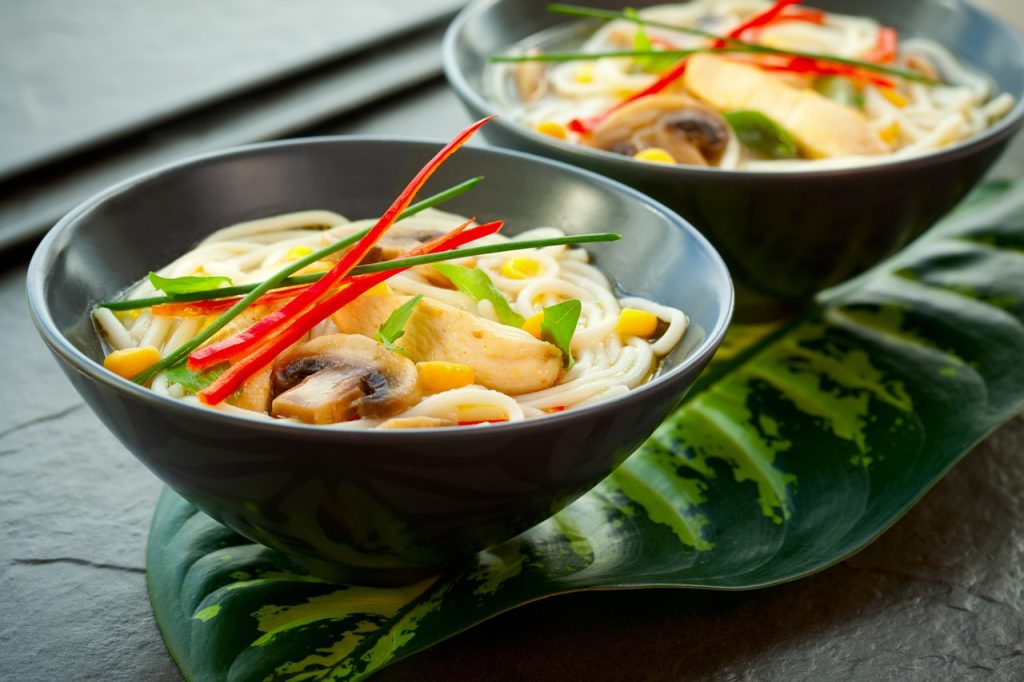
Click here to listen to the text
China’s regional cuisines are so distinct that they could almost be different national traditions.
The Eight Great Cuisines of China are considered the most influential and historically important regional cooking traditions in Chinese culinary culture.
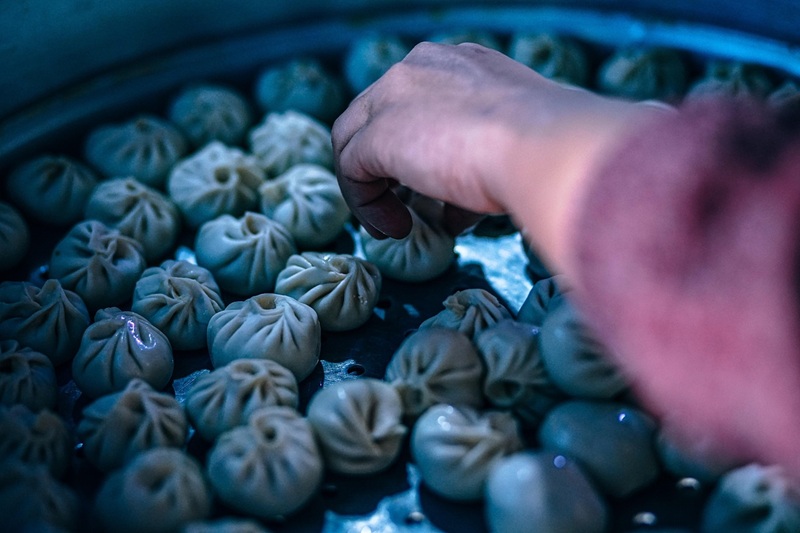
Sichuan Cuisine – Bold, spicy, and numbing flavours, famous for Sichuan peppercorns and chili.
Cantonese Cuisine – Fresh, delicate flavors with emphasis on steaming and stir-frying; includes dim sum.
Shandong Cuisine – Known for seafood, soups, and strong, savory flavors; influential in northern Chinese cooking.
Jiangsu Cuisine – Refined presentation, slightly sweet taste, and emphasis on freshness; includes Suzhou and Nanjing styles.
Zhejiang Cuisine – Light, fresh, and mellow, with a focus on seasonal ingredients and beautiful plating.
Fujian Cuisine – Emphasis on seafood, soups, and umami-rich flavors; famous for its red yeast rice dishes.
Hunan Cuisine – Spicy, aromatic, and oily, but different from Sichuan—more chili heat, less numbing pepper.
Anhui Cuisine – Rustic and hearty, using wild herbs, mushrooms, and mountain delicacies; often slow-cooked.
Travellers’ all-time most popular Chinese dishes: Peking duck, Sichuan hotpot, and dim sum.
Cracking the Code of Chinese Hotpot
For many first-time visitors, Chinese hotpot can be a culinary enigma. But behind the bubbling cauldron lies one of the country’s most cherished social dining traditions. Diners cook raw ingredients—ranging from sliced lamb and tofu to lotus root and fish balls—in a shared pot of boiling broth at the centre of the table. The flavours vary dramatically by region: Sichuan hotpot is famously fiery and numbing, while Cantonese versions emphasize seafood and subtlety.
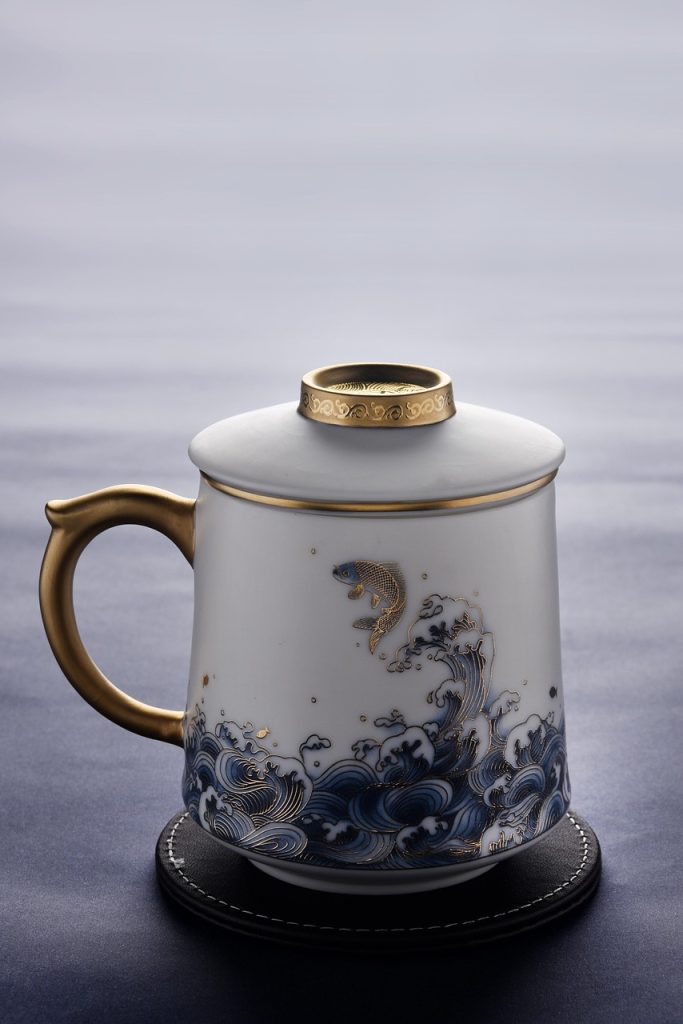
Far from just a meal, hotpot is an experience designed to be slow, communal, and customizable. Diners often craft their own dipping sauces from a spread of condiments like sesame paste, vinegar, soy sauce, and garlic. Popular for family gatherings and late-night suppers, hotpot offers more than sustenance—it’s a window into the rhythms of Chinese life.
Tea’s birthplace
China has been cultivating tea for over 3,000 years, with varieties from delicate green teas to earthy pu’er.
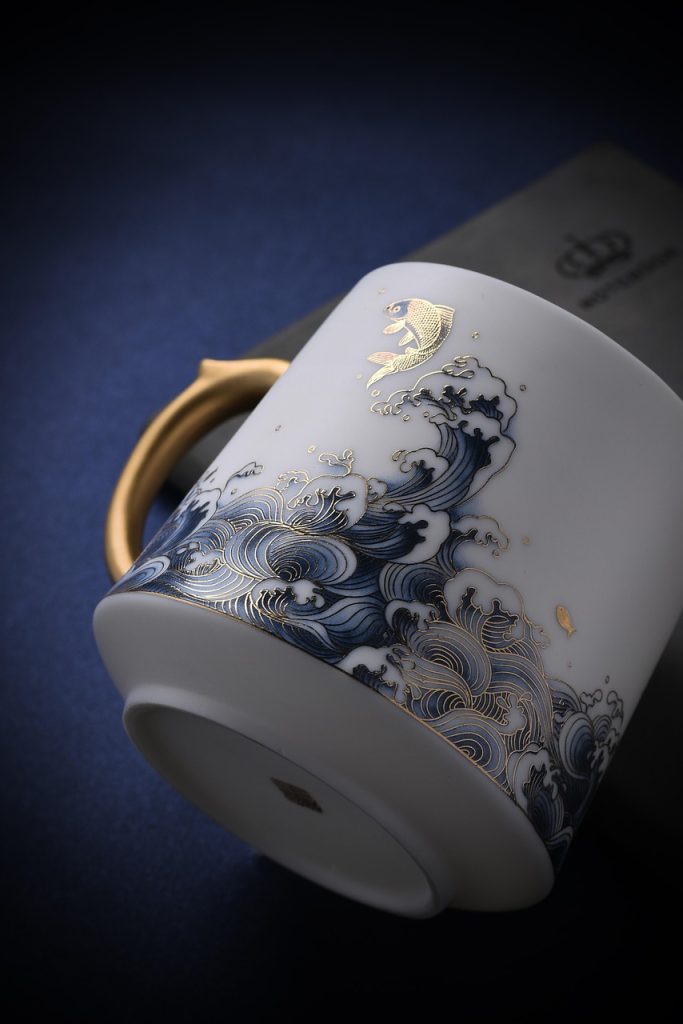
China’s tea heritage and terroir
Pu’er tea, a fermented specialty from China’s Yunnan Province, is prized for its smooth, earthy flavor that deepens with age, much like a fine wine.
“Earthy pu’er” refers to pu’er tea, a traditional Chinese fermented tea from Yunnan Province.
What makes it unique? Unlike most teas, pu’er undergoes a microbial fermentation and aging process, which can last years or even decades. This gives it a distinctive, earthy, rich, sometimes woody flavor.
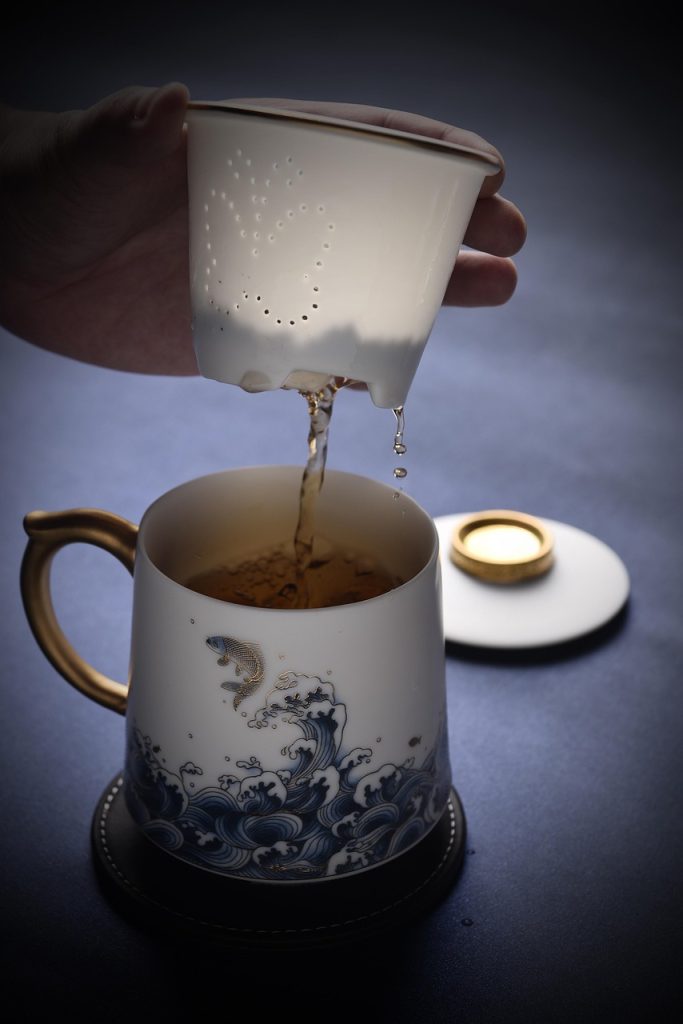
Two main types
Shēng (raw) pu’er – lighter, more astringent when young, mellows with age.
Shóu (ripe) pu’er – deliberately fermented to speed up aging, resulting in deeper earthy notes. The flavor is often compared to damp forest floor, moss, or old wood — in a pleasant way — because of the natural fermentation.
Fun fact: Some prized pu’er cakes are stored for decades and can sell for thousands of dollars.
Street market innovation: “Night snack culture” thrives — food stalls open after 9 PM, serving barbecue skewers, noodles, and fried snacks.


Get news before anyone else!
This audio recording was generated using AI technology. While every effort has been made to ensure clarity and accuracy, please note that the pronunciation of non-English words—particularly Chinese—may not always be correct. We appreciate your understanding and acknowledge that any mispronunciations are unintentional. Internationalis Media is not responsible for potential inaccuracies in AI-generated speech.